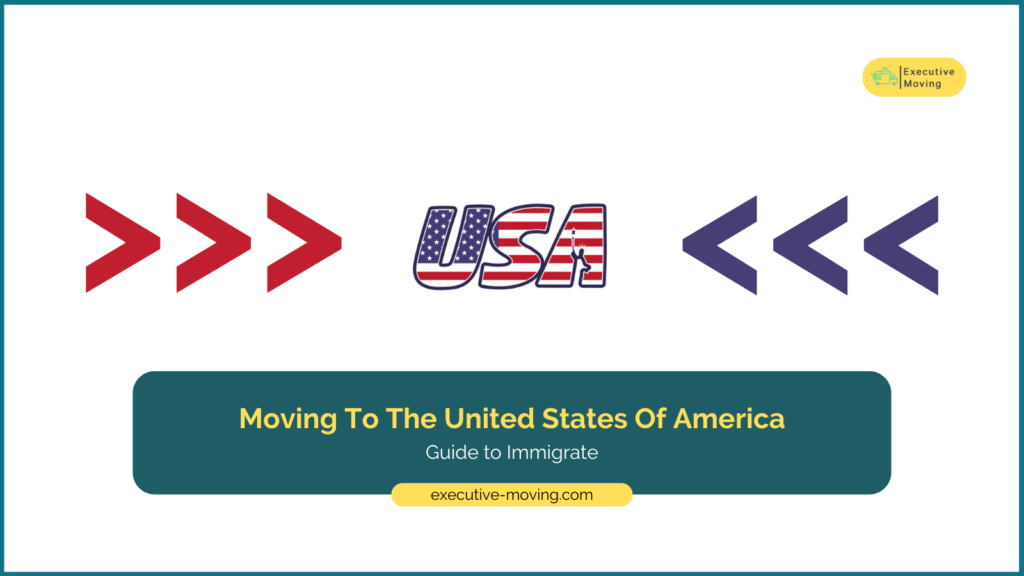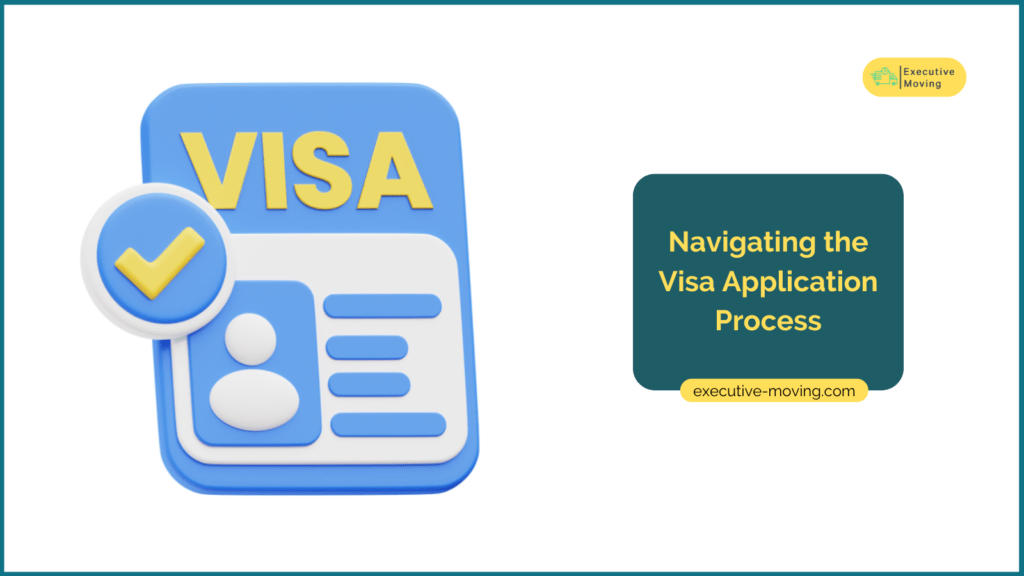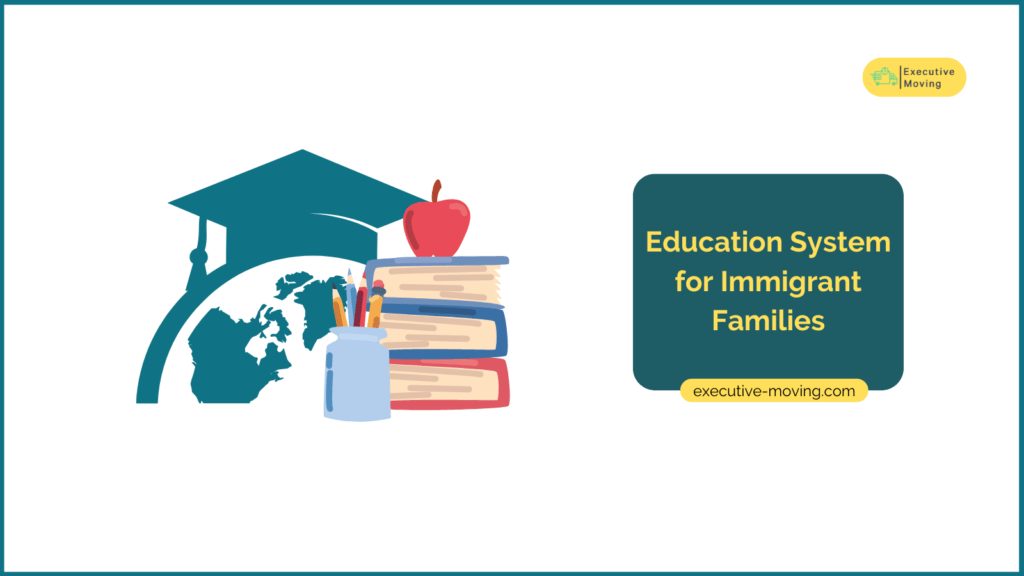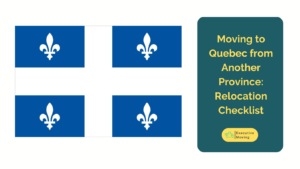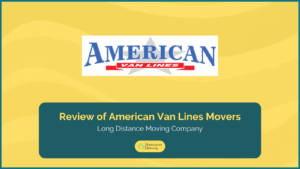
3 Best Moving Companies in Newmarket
3 Best Moving Companies in Newmarket to Choose from for your condo, apartment, home or office move. Moving, no matter locally, long-distance, or internationally can be equally stressful at times. Strangers coming to your home, handling your precious items, sounds familiar? Don’t worry, Executive Moving concierge has prepared the list

